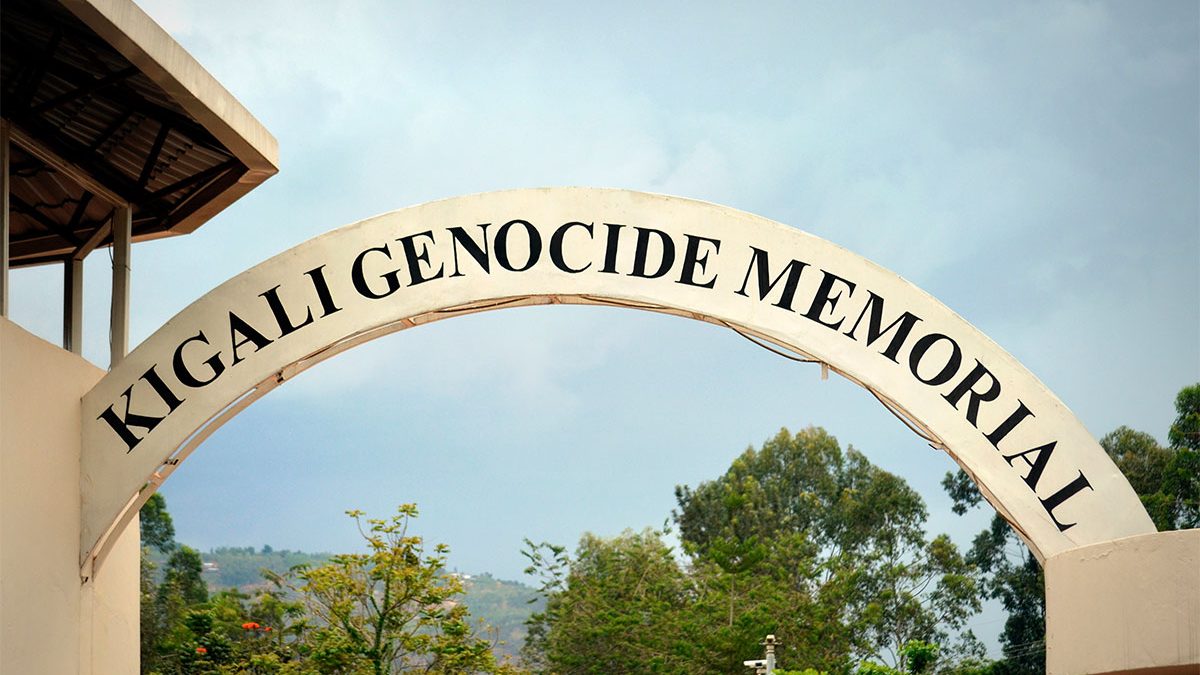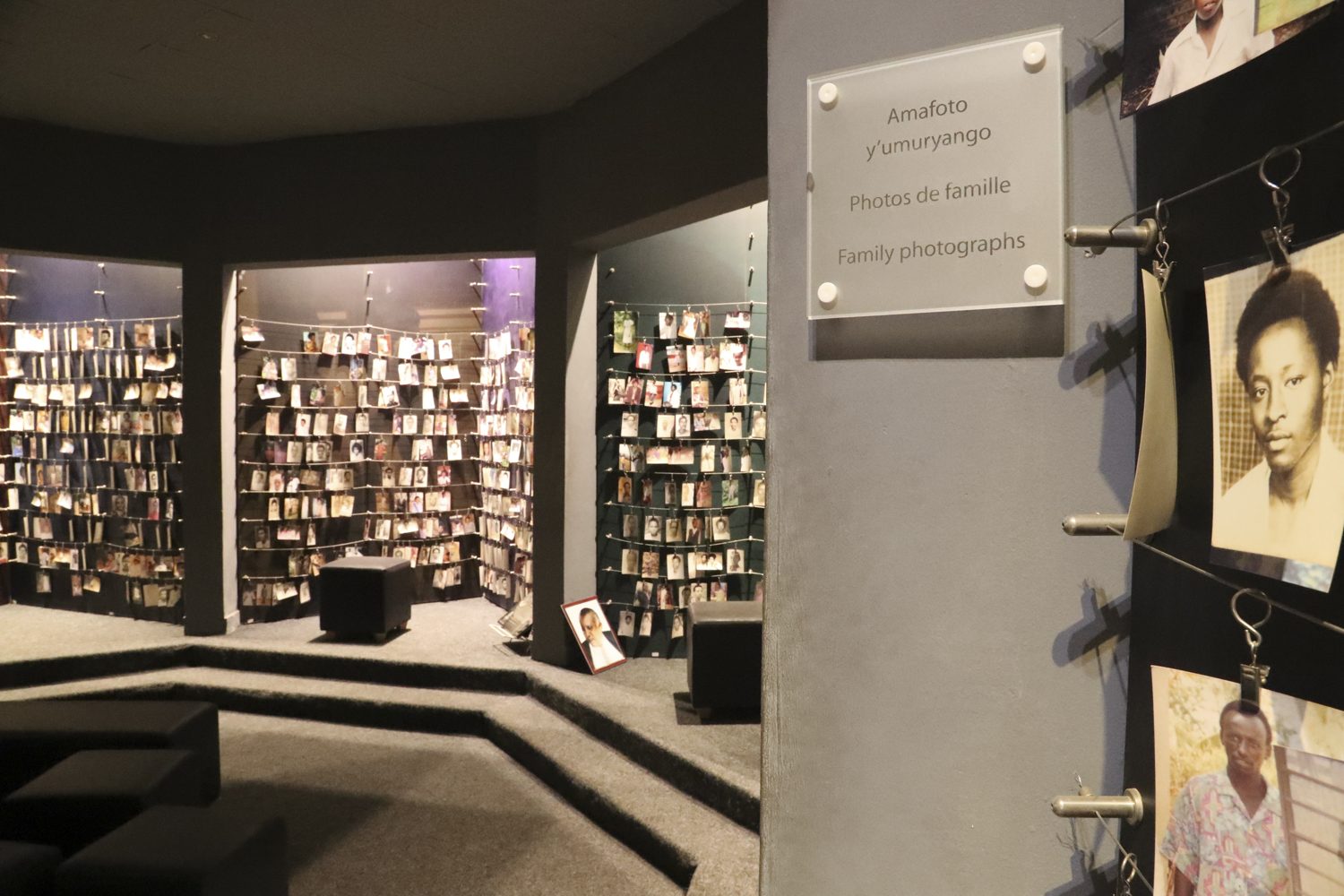
Kigali Genocide Memorial: A Journey Through Rwanda’s History
Kigali Genocide Memorial: A Journey Through Rwanda’s History. Nestled in the heart of Rwanda’s capital, the Kigali Genocide Memorial stands as a poignant tribute to the victims of the 1994 Genocide against the Tutsi. This solemn site serves as both a resting place for over 250,000 victims and an educational center dedicated to fostering peace, unity, and reconciliation. For anyone visiting Rwanda, a stop at this memorial is not just an opportunity to understand the country’s history but also to witness the resilience and strength of a nation that has emerged from one of humanity’s darkest chapters.

Historical Context: Understanding the 1994 Genocide
To truly grasp the significance of the Kigali Genocide Memorial, one must first understand the events that led to the 1994 Genocide against the Tutsi. Rooted in deep-seated colonial divisions and exacerbated by political tensions, the genocide was a meticulously orchestrated massacre that unfolded between April and July 1994. Over one million Tutsi and moderate Hutu were brutally murdered in just 100 days by extremist militias, security forces, and civilians mobilized by the government. The violence was fueled by decades of ethnic propaganda and culminated in one of the most horrific genocides of the 20th century.
The Kigali Genocide Memorial Experience
Upon arrival at the Kigali Genocide Memorial, visitors are met with an atmosphere of solemn reflection. The site is divided into three main sections, each offering a distinct yet interconnected narrative of the genocide and its aftermath.
-
The Historical Exhibition
The first section provides a deeply informative historical exhibition, detailing Rwanda’s past. The colonial roots of ethnic tensions, and the chilling sequence of events leading to the genocide. Through photographs, video testimonials, and personal artifacts. Visitors gain insight into the systematic execution of the genocide and the international community’s failure to intervene.
-
The Mass Graves and Memorial Gardens
Outside the exhibition halls, the memorial grounds house mass graves. Where over a quarter of a million victims have been laid to rest. These graves stand as a powerful reminder of the scale of loss and offer a place for mourning, remembrance, and reflection. The Memorial Gardens provide a serene space where visitors can pay their respects. Surrounded by symbolic elements that represent healing and hope.
-
The Children’s Room
Perhaps the most heartrending section of the memorial is the Children’s Room, dedicated to the youngest victims of the genocide. Through personal stories, photographs, and chilling details of their short lives. This section humanizes the unimaginable loss experienced by families during this tragic period.
The Memorial’s Role in Education and Reconciliation
Beyond remembrance, the Kigali Genocide Memorial serves as an educational hub, aiming to prevent future atrocities through awareness and dialogue. Managed by the Aegis Trust, an organization dedicated to peace-building and genocide prevention. The center hosts discussions, workshops, and initiatives that foster unity among Rwandans. Survivors share their testimonies, and educational programs equip visitors with tools to understand and challenge hatred, discrimination, and violence worldwide.
Visitor Information: Planning Your Visit
For those planning to visit, the Kigali Genocide Memorial is open to the public throughout the week, except on public holidays. The visit is free of charge, though donations are encouraged to support ongoing education and reconciliation efforts.
- Location: Gisozi, Kigali, Rwanda
- Opening Hours: 8:00 AM – 5:00 PM (Last entry at 4:00 PM)
- Entry Fee: Free (Donations encouraged)
- Guided Tours: Available in multiple languages, providing deeper insights into the memorial’s significance.
Visitors are advised to allocate at least two to three hours for the visit. Thus allowing ample time to absorb the exhibits, reflect in the memorial gardens, and engage with survivor testimonies. Out of respect for the victims and their families. It is recommended to dress modestly and maintain a solemn demeanor throughout the visit.
Other Activities to Do in Kigali City
While visiting the Kigali Genocide Memorial is a deeply impactful experience, Kigali offers a variety of other attractions to explore:
- Inema Arts Center – Discover Rwanda’s thriving contemporary art scene and local talent.
- Kimironko Market – Experience Kigali’s vibrant local market and shop for traditional crafts.
- Mount Kigali Hike – Enjoy a scenic hike with breathtaking views of the city.
- Question Coffee Experience – Engage in an immersive coffee-tasting tour and learn about Rwandan coffee production.
- Nyamirambo Women’s Center – Take a cultural walking tour and gain insight into daily life in Kigali.
- Kigali Convention Centre – Visit this architectural landmark that shines beautifully at night and offers dining and entertainment options.
Conclusion
The Kigali Genocide Memorial is more than just a historical site. It is a testament to resilience, forgiveness, and the enduring human spirit. While the experience can be emotionally overwhelming. It serves as a crucial reminder of the dangers of hatred and division. Visiting this memorial is not only an act of remembrance. But also a step toward ensuring that such atrocities never happen again. Rwanda’s journey from tragedy to triumph is a powerful story, and also the Kigali Genocide Memorial stands as a beacon of hope. Guiding the world toward peace and reconciliation.






